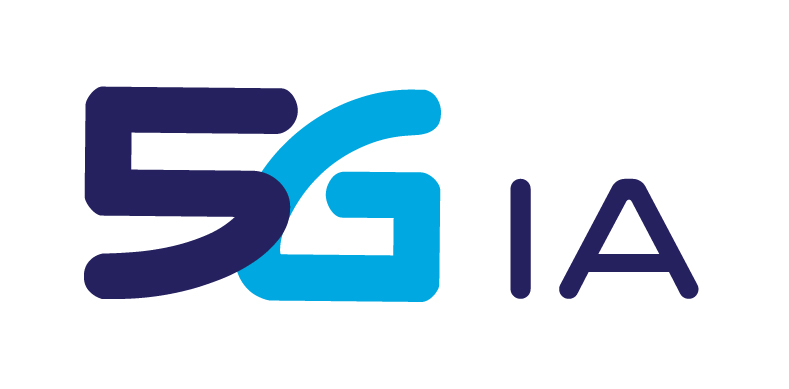

- About us
- Getting Involved
- Plans & Papers
- Events
- European 5G Activities
- Media & News
- Contact
5G PPP TMV WP “Validating 5G Technlogy Performance – Assessing 5G architecture and Application Scenarios”
The 5G PPP TMV WG (Test, Measurement and KPIs Validation Working Group) released its first White Paper on “Validating 5G Technlogy Performance – Assessing 5G architecture and Application Scenarios”.
The involvement of vertical customers in the ongoing deployment of 5G networks increases the need for performing tests and measurements, considering the stringent requirements of the vertical applications and the introduction of new business models. The exploitation of network and computing resource virtualization and sharing, such as Network Functions Virtualization (NFV) and Software Defined Networking (SDN) and the different technology domains employed at the infrastructure substrate (i.e. radio, cloud, transport) are making the 5G network increasingly complex to manage, monitor and test. In case a vertical customer determines a Service Level Agreement (SLA) breach, the process of troubleshooting and conflict resolution includes cross-layer coordination of testing and monitoring. These are the main causes for a very broad and heterogeneous scenario that includes:
• Roles and expectation of the vertical customers
• Definition of testing and monitoring approaches and testing levels (from access network to service)
• The need for, and role of Test as a Service (TaaS) within the Zero-touch philosophy
• The need of clearly defined Key Performance Indicators (KPIs) to support the validation of the 5G technology
• The need of a clearly defined KPI Testing and Validation methodology, including KPI monitoring, analysis, verification, and performance diagnosis.
• The need for a common formalization process for standardizing tests representing different levels of the 5G network.
This White Paper tries to be a first step into providing a more clear and homogeneous view over these topics, that will be briefly introduced and clarified. The idea is to establish a unified vision on the Test and Measurement topics for 5G, allowing for common procedures and terminology on how to solve some of these challenging problems. This is considered to be beneficial not only the 5G PPP infrastructure owners, but the entire 5G ecosystem. The technical direction is mainly the most predominant one, providing best practices, methodologies and applied solutions, focusing primarily on the actual testing and evaluation of 5G technologies. Nevertheless, the vision is providing substantiated answers to more high-level relevant questions such as “does slicing help fulfilling vertical requirements?”.
The full document can be downloaded from the 5G PPP White Papers page







Share On